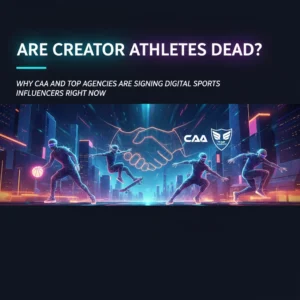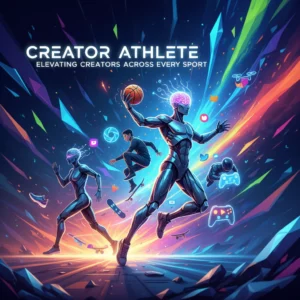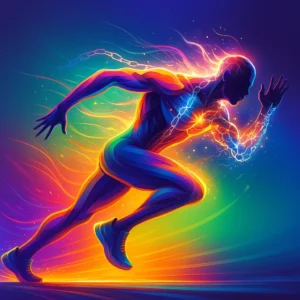NIL and the Creator Revolution: Unlocking Six-Figure Brand Deals for the New Wave of Athlete-Influencers
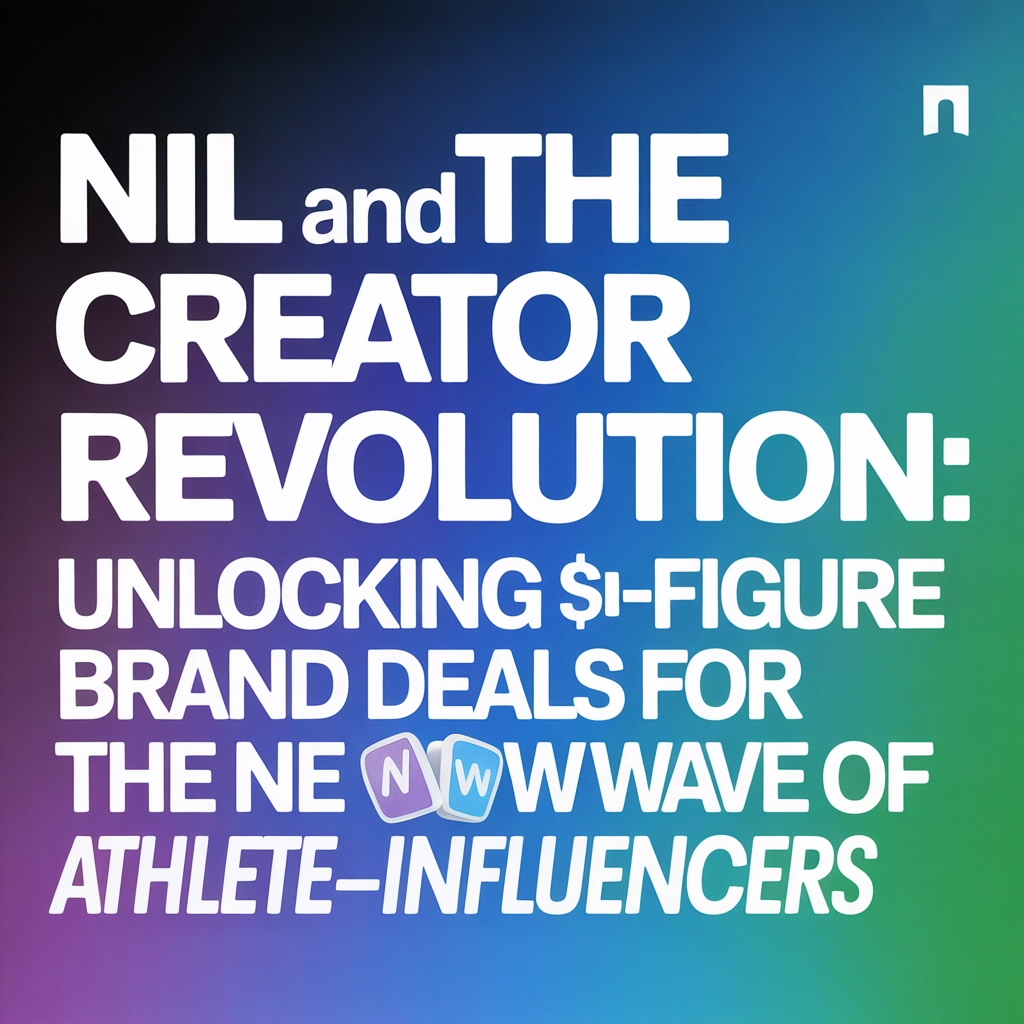
The NIL Foundation and Legal Transformation
In July 2021, the NCAA’s landmark policy change gave over 520,000 student-athletes the right to profit from their name, image, and likeness (NIL) for the first time in history. This decision didn’t just let college athletes make a few bucks off merchandise or the occasional appearance—it cracked the code for a new generation of social media-savvy athletes to build massive brands and bank six-figure endorsement deals while still on campus.
This wasn’t just a policy tweak—it’s a tectonic shift for college sports and the entire creator economy. Suddenly, college athletes became some of the most sought-after influencers for brands aiming to reach Gen Z audiences that traditional advertising struggles to touch.
NIL collectives and specialized agencies now help facilitate endorsement, content creation, and employment opportunities for athletes. These organizations bridge the gap between compliance, opportunity, and athlete well-being, ensuring the deals are above board and that athletes are set up for real long-term success.
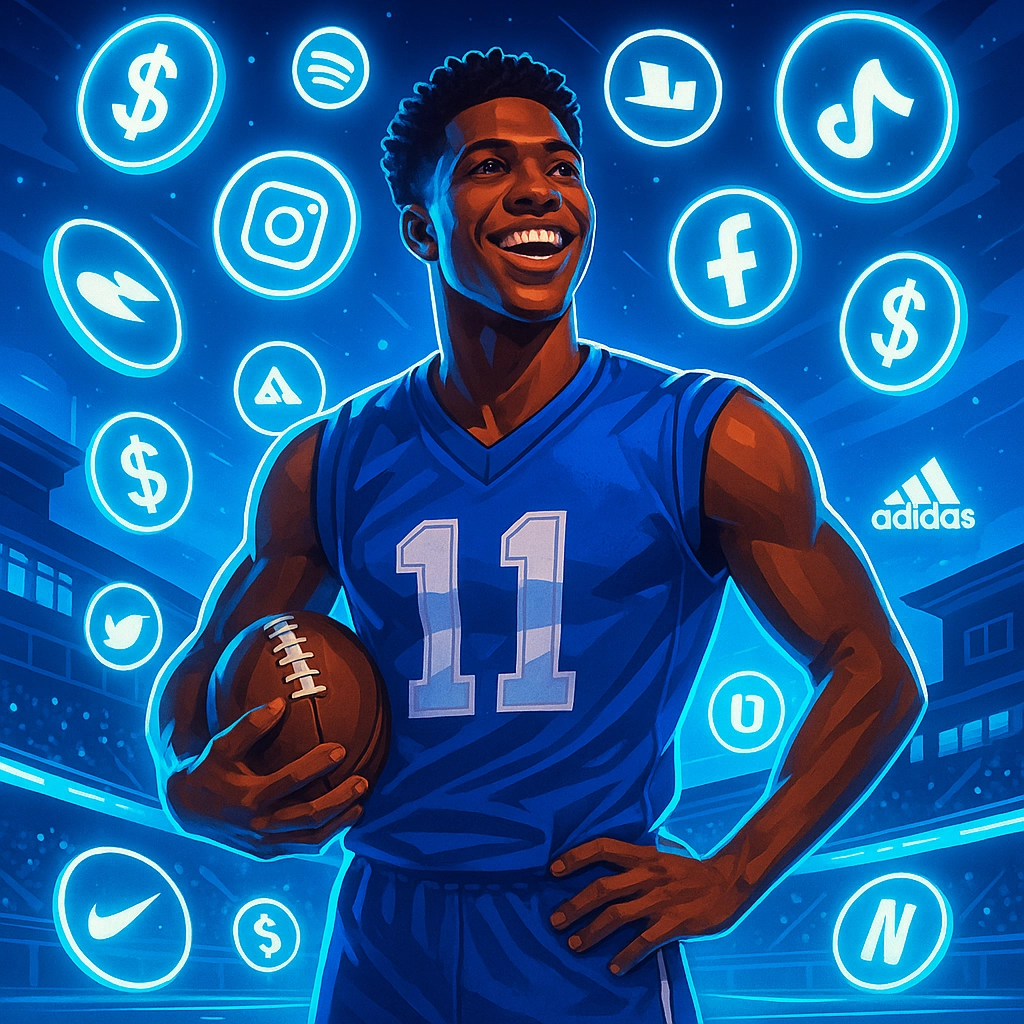
Revenue Streams in the New Creator Economy
Today’s athlete-influencers aren’t limited to old-school sponsorships. The NIL revolution has opened multiple new avenues for revenue that mirror and, occasionally, outpace traditional influencer marketing:
1. Premium Endorsement Deals
The dream scenario: a major brand signs on, and you become a face for their next campaign. This is happening. Think LSU’s Olivia Dunne, who’s landed partnerships with Forever 21 and American Eagle. Or Shadeur Sanders, whose deals include Gatorade and Beats by Dre. These relationships are authentic, relatable, and often come with six-figure price tags.
2. Social Media Monetization
With millions of followers on platforms like TikTok, Instagram, and YouTube, athletes like Dunne and North Carolina’s Armando Bacot are raking in revenue from branded content, sponsored posts, and exclusive behind-the-scenes vlogs. Their audiences are hyper-engaged: these athletes aren’t celebrities in the traditional sense—they’re friends, peers, and role models to their followers.
3. Direct Fan Engagement & Experiences
Autograph sessions, personal appearances, training camps, and even virtual Q&As are driving new revenue streams for athletes. A college quarterback hosting a quarterback clinic, a gymnast hosting a virtual masterclass, a volleyball star signing memorabilia—these all have dollar value, and fans are eager for access.
4. Merch, NFTs, and Digital Goods
The most creative athlete-influencers are launching merch lines, selling NFTs, and producing digital content (exclusive podcasts, subscriber-only content, etc.). The options are only growing.
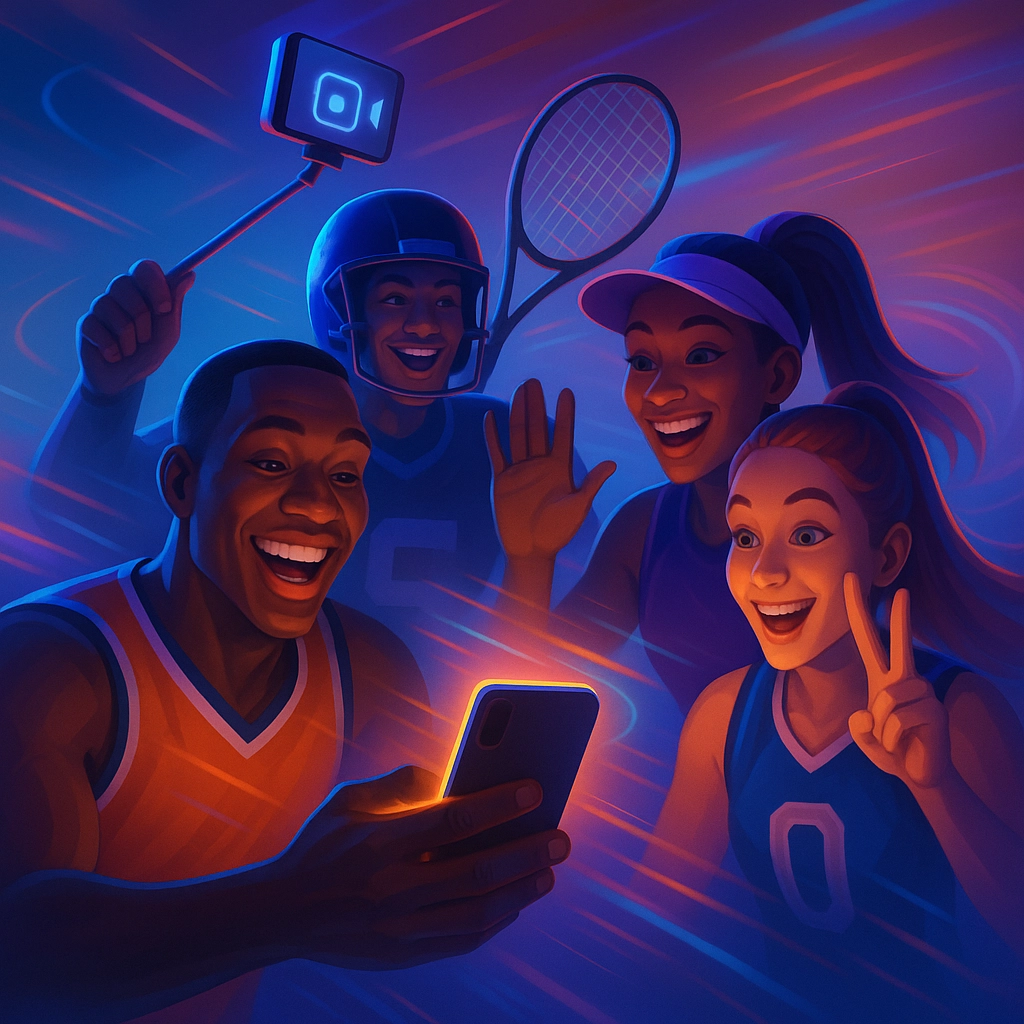
The Six-Figure Deal Landscape
Let’s talk numbers. According to industry reports, more than $1 billion has been spent on NIL deals in just the first few years since the rule change. Paige Bueckers (UConn basketball) is reportedly set to earn over $1 million per year, and she’s not alone in cracking that milestone. For top athletes with a strong social presence, six-figure annual income isn’t just a pipe dream—it’s quickly becoming the new normal.
But it’s not just the household names cashing in. Many athletes with regional influence—think: small-town football heroes, viral TikTok track stars—are attracting local and regional sponsorships in the $20,000–$100,000+ range. For those willing to treat their platforms as a brand business, the ceiling has been blown wide open.
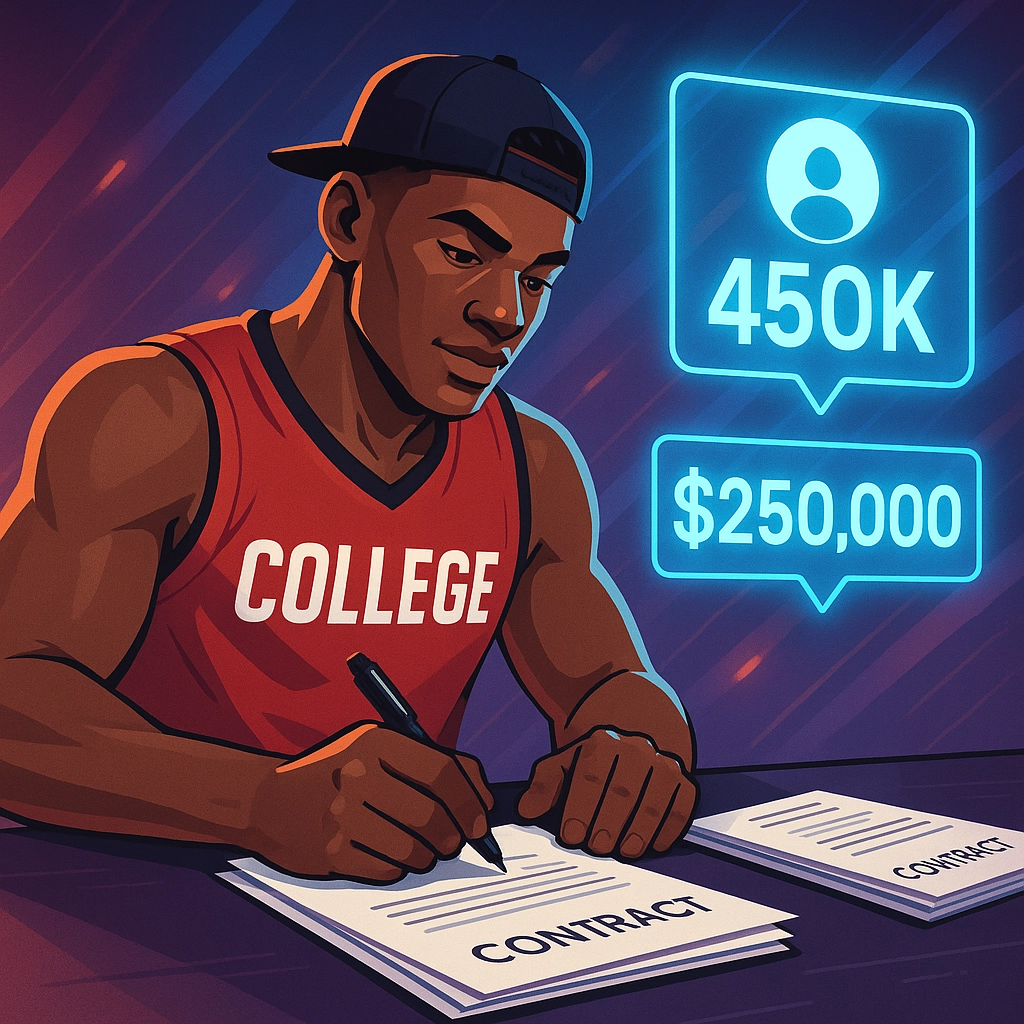
Why Brands Love Athlete-Influencers
NIL and the creator revolution have flipped the script for corporate sponsorship. Companies like McDonald's, Microsoft, Amazon, PepsiCo, and Unilever are investing in athlete partnerships for a few game-changing reasons:
- Hyper-Local Influence: College athletes reach passionate, niche audiences that brands often can’t access with celebrity talent.
- Authenticity: Gen Z values real talk over polish. Athlete-influencers show up as themselves—sweaty, candid, and relatable.
- Cost-Effective: Unlike pro athletes or A-list celebs, college athletes (even those with massive reach) are often more budget-friendly for the brand, making it easier to structure “win-win” deals.
- Scalability: Brands can partner with lots of athletes—sometimes hundreds at once—tailoring messaging to specific campuses, sports, or demographics.
The rise of agencies and creator-marketplace technology means managing dozens or hundreds of these partnerships at once is simpler than ever. Dentsu, for example, now gives brands direct access to over 30,000 college athlete creators. This new scale is driving rapid growth in both deal volume and value.
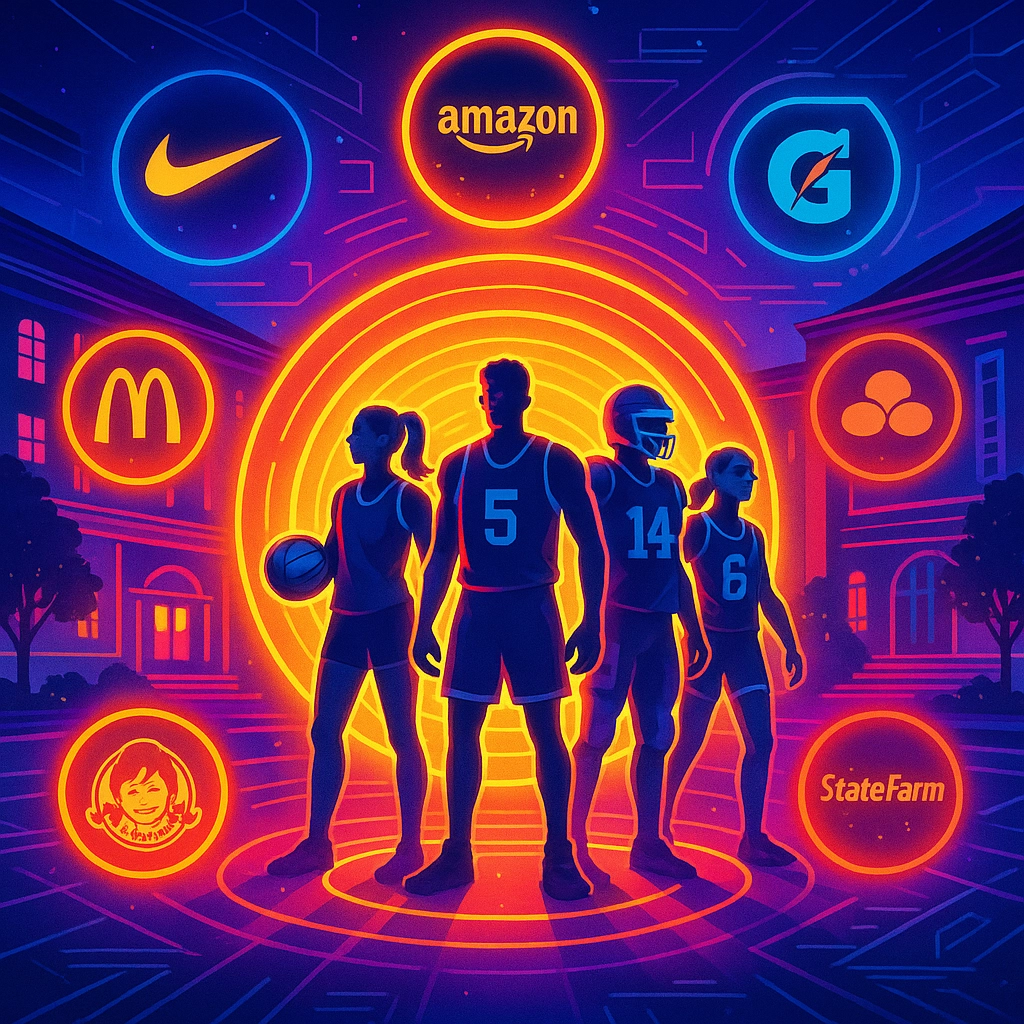
Market Trends: What’s Working Now
- NIL Collectives and Group Licensing: Schools and outside organizations are pooling groups of athletes for group deals (like the entire women’s basketball team repping a national brand), adding major value for sponsors and simplifying compliance for athletes.
- Personal Branding Workshops: Athletes are investing in learning how to pitch, negotiate, and manage business relationships—accelerating professional-level partnership skills before they even get drafted.
- New Platforms: Creator marketplaces have exploded, specializing in matching athletes to brands that fit their vibe, values, and audience.
Lessons from Top Athlete-Influencers
The most successful athlete-influencers have a few things in common:
- Strategic Authenticity: Olivia Dunne combines authentic vlogs with thoughtful brand alignments—keeping her fanbase first.
- Consistent Storytelling: Shadeur Sanders uses his platforms to share the grind, the highlights, and the behind-the-scenes, making him relatable to both fans and brands.
- Proactive Partnerships: The best deals are long-term relationships, not one-off ads—a fact not lost on brands or creators.
For rising stars, it means building a brand isn’t just about highlight reels. It’s about voice, values, and relatability that drives true audience loyalty (and deal flow).
The Future: What Comes Next for NIL and Creator Athletes
We’re only at the beginning. As sophistication grows, more athletes—not just the top 1%—will access significant income, mentorship, and brand deal opportunities. Universities are onboarding creative agencies as “agents of record” to streamline opportunities for their entire athlete rosters.
We’re seeing early-stage brands build lifetime relationships. NIL deals that begin in college can evolve into multi-year partnerships through pro careers—and even beyond sports, as athletes develop entrepreneurship, broadcast, or digital creator careers.
For brands, NIL offers a rare chance to connect with Gen Z on their turf, through voices that are both aspirational and relatable. For athletes, it’s a historic opportunity to build generational wealth, cultivate business acumen, and transform their playing career into a platform for life.
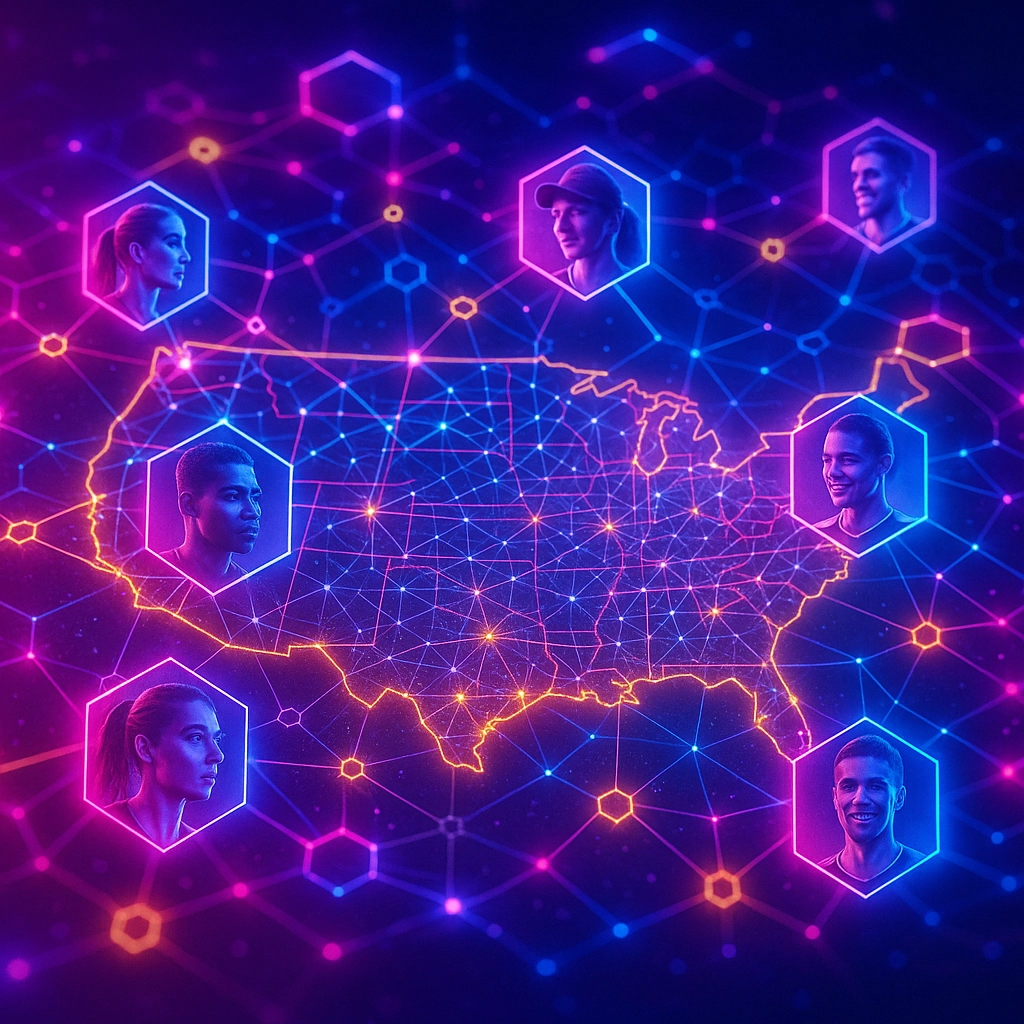
Ready to discover the next wave of NIL brand partnerships—or launch your own creator-athlete journey?
Connect with the Creator Athlete team for brand, athlete, and partnership opportunities: Contact Us
Explore more insights on NIL, athlete branding, and the creator economy at https://blog.creator-athlete.com

